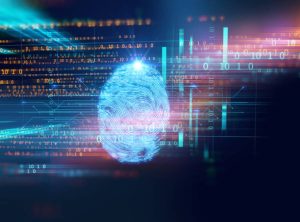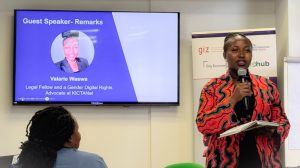By Nicodemus Nyakundi
As a KICTNet ICT Accessibility and Equality for persons with disabilities fellow and a beneficiary of the three-day Disability Reporting Training by the Internews in Nairobi, my interest was captured by day one’s lesson that focused on the definition of disability.
I realized there is a stark difference between the international (United Nations) and the Kenyan definition.
Let us look at the United Convention on the Rights of Persons with Disabilities (CRPD) definition.
The CRPD 2006 convention acknowledges that disability is “an evolving concept” but also stresses that “disability results from the interaction between persons with impairment and attitudinal and environmental barriers that hinder their full and effective participation in society on an equal basis with others.”
The Kenyan definition of disability, according to the Persons with Disability Act 2003, Section 2, disability is defined as a “physical, sensory, memory, or other impairment including any visual, hearing, learning or physical incapacity which impacts adversely on social, economic or environmental participation”.
According to Dr Julius Bosire, a senior lecturer and chair of journalism and media studies at the Technical University of Kenya, in the CRPD 2006 definition, we should first note that disability is “an evolving concept”. It is not an attribute of the person. This, therefore, infers that it is a gradually building inception whose final true definition cannot be entirely determined but can be contextualized by addressing the cross-cutting issues.
Of importance from the CRPD 2006 disability definition is the realization that disability results from interaction with the environment. Thus, it would be accurate to say that there would not be disabilities without barriers. The barriers that “hinder full participation” create the “disability.”
In contrast, whilst the CRPD 2006 implicates barriers as the causes of disability, the Kenyan version, on the other hand, tends to imply that disability emanates from the individual.
In line with this revelation, we can achieve total inclusivity. First, we can work towards preventing, removing, and deconstructing the physical, social, political, and economic barriers that create inaccessibility to full societal participation by persons with disability. Secondly, we can choose to capacitate and empower persons with disabilities to believe in their abilities in societal participation.
Whichever version we choose, the overall goal is to ensure inclusivity, accessibility, and full participation of persons with disabilities. But we can, at the least, begin with one. Which one would you choose??
_______________________________________________
Nicodemus Nyakundi is an ICT Access and Equality Fellow for PwDs at KICTANet. He has a background in IT and is passionate about digital inclusivity.
![]()




